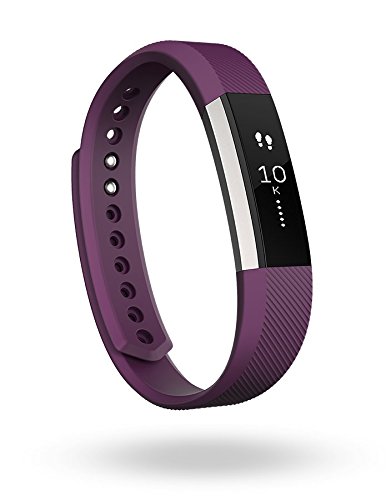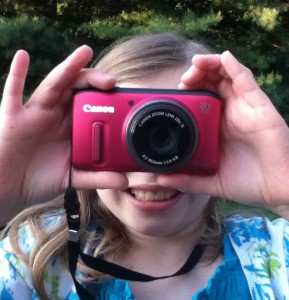My husband and I both have iPhones which we love!
I started with an iPod Touch in July 2010. My husband soon saw how great it was and got one too. Finally, when our cell phones were eligible for upgrades, we got iPhones!
There are a lot of smart phone options available, but between Apple’s iOS and Android operating systems, we strongly prefer Apple’s products since we feel that they are really well made and new features are thoroughly tested before being released.
iPhone vs. iPod Touch and iPad
The main difference between the iPod Touch and iPhone is that the iTouch is not a cell phone. Other than that, iTouch can use WiFi to access the Internet, use iPhone apps, and in most other ways is just like an iPhone. (And there’s a lot the iTouch can do while offline too!)
The other significant difference between the iTouch and iPhone is that the iTouch has a lower resolution camera than the iPhone. The latest version of the iTouch (5th generation) has a 5MP rear camera, while the current iPhone has an 8MP rear camera. (Be aware that the 16GB iTouch does not have a rear camera, only a 1.2MP front camera for FaceTime video chat.)
The iPad creates much less confusion as it is clearly an Apple tablet device and not a cell phone.
What the three devices all have in common is that they all use the Apple iOS software as their operating system (as Microsoft PC’s use a version of the Windows operating system.) Therefore, they can all use most of the same apps from the iTunes Store.
Wikipedia has a lot of useful info on the iPhone, iPod Touch and iPad.
iOS Tips
Following are a lot of the features of the iPhone that I have discovered just through using it over the last several years. Most of these features also apply to the iPod Touch and iPad as well since they all use iOS.
“.” Shortcut – double tapping on the space bar adds a “.” (set this option in Settings App, General, Keyboard).
Enable Caps Lock – double tapping on the shift key turns on caps lock (set this option in Settings App, General, Keyboard).
Auto Correct is a feature that attempts to automatically correct or complete your typing. However it can also create some funny or frustrating text when it supplies words that you didn’t intend as evidenced by the many of these available at damnyouautocorrect.com. If you prefer to turn off Auto Correct, go to the Settings App, General, Keyboard.
Shortcuts can be set up to assist you with typing. For example, I have a shortcut that turns “tmrw” into “tomorrow.” These are helpful when typing on the tiny virtual keyboard as opposed to a physical keyboard. Set shortcuts in Settings App, General, Keyboard, Shortcuts.
Turn the device a quarter turn to type in landscape mode in many apps which gives you a wider keyboard.
Shake the device to undo the last typing action.
Tap and hold many keys (vowels, .com, etc.) for extra keyboard options.
Screen capture – press and hold the power button (top of the device) and then press home button (bottom center of the device) at the same time. Images go to the Photos app, Camera Roll folder. This is great for saving an image of email and web coupons on the iTouch for use in stores when you don’t have WiFi access. I also find this useful on the iPhone as it’s faster to flip through images of coupons in the photos app then hunting for the right email with the coupon while standing at a store register while the cashier waits.
Select text – touch and hold text to select text, then choose a select option from the menu. You can change the selection using the dots on the selected text.
Position the cursor in text – touch and hold then use the magnifying circle to position the cursor.
Insert image in email – you can insert an image(s) in an email with touch and hold in the email body. In the menu that comes up, tap the arrow on the right. Then select Insert Photo or Video, and choose the image(s) you want from the Camera Roll.
The Notifications screen is accessed by swiping your finger from the top of the screen down.
The Control Center is accessed by swiping your finger from the bottom of the screen up. The Control Center allows you to set many features including music controls, flash light, do not disturb, and calculator.
The Search screen is accessed by swiping your finger from the middle of the screen down (previous versions of the iOS accessed the search screen by swiping from left to right.) The search option allows you to search all of your emails, apps and all other content on the device.
OS X Daily Emails
OS X Daily is a blog that you can subscribe to for daily emails with great iOS (iPhone/iPod Touch/iPad) and Mac OS X tips.
What is your favorite iPhone tip? Comment below!
Have fun with your Apple mobile device!
 I got a Fitbit Alta this week as an early birthday gift and it’s really cool!
I got a Fitbit Alta this week as an early birthday gift and it’s really cool!